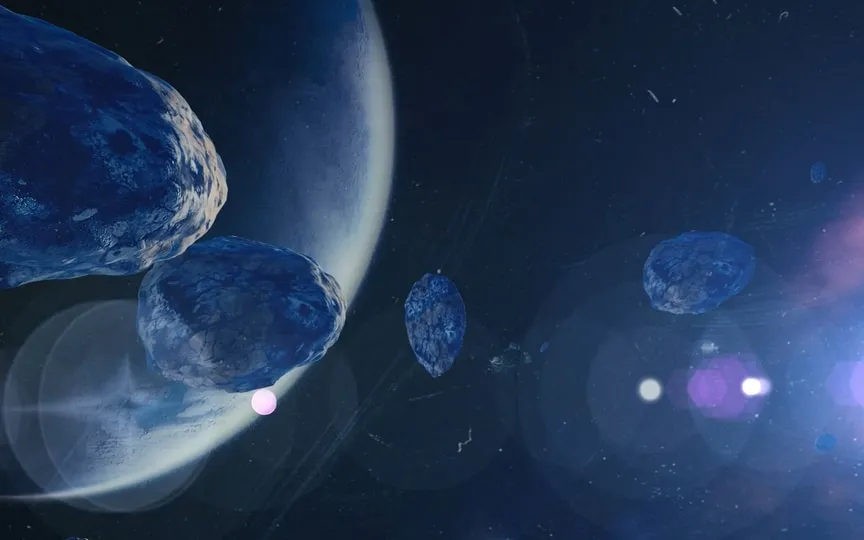NASA Uncovers Surprising New Information About Asteroid Dinkinesh
NASA has made an astonishing discovery with its Lucy mission, which aims to study Jupiter’s Trojan asteroids. During a recent encounter with Asteroid Dinkinesh, the spacecraft captured images revealing a surprising secret. Contrary to previous beliefs, Dinkinesh is not a single asteroid but rather a binary pair, orbiting around Jupiter. Find out more about this remarkable finding regarding the asteroid Dinkinesh.
Asteroid Dinkinesh
According to a report published by NASA, scientists previously speculated that the Dinkinesh asteroid was a binary pair, but now the images revealed by the instruments of the Lucy spacecraft confirm the claims. Based on a preliminary analysis of the available images, the study concluded that the asteroid is a close binary and the estimated sizes of the objects are about 790 meters and 220 meters. Hal Levison, principal investigator of the Lucy mission, said the Dinkinesh asteroid lives up to its “miraculous” meaning, adding: “When Lucy was originally chosen to fly, we planned to fly by seven asteroids. We added Dinkinesh, two Trojan moons and now this satellite, we’ve lifted it to 11.”
NASA announced that the discovery was part of a technical test conducted during the spacecraft’s flight, and the encounter between the two asteroids was something that has excited scientists even more. These binary pairs are scientifically called “Trojan swarms”. They are remnants that orbit the Sun and Jupiter.
After the Dinkinesh asteroid, NASA’s Lucy mission will study nine other such space rocks to gain in-depth information about the celestial bodies.
About Lucy’s mission
NASA reports that the Lucy spacecraft was launched on October 16, 2021 to survey a record number of asteroids, including the Trojan asteroids that share an orbit around the Sun with Jupiter, and fly past two asteroids in the main asteroid belt of the Solar System. It is a 12-year mission that will study and provide scientists with amazing facts about asteroids. The mission was named after the skeleton was discovered in 1974 in Ethiopia. The skeleton gave researchers a brief insight into human evolution.




